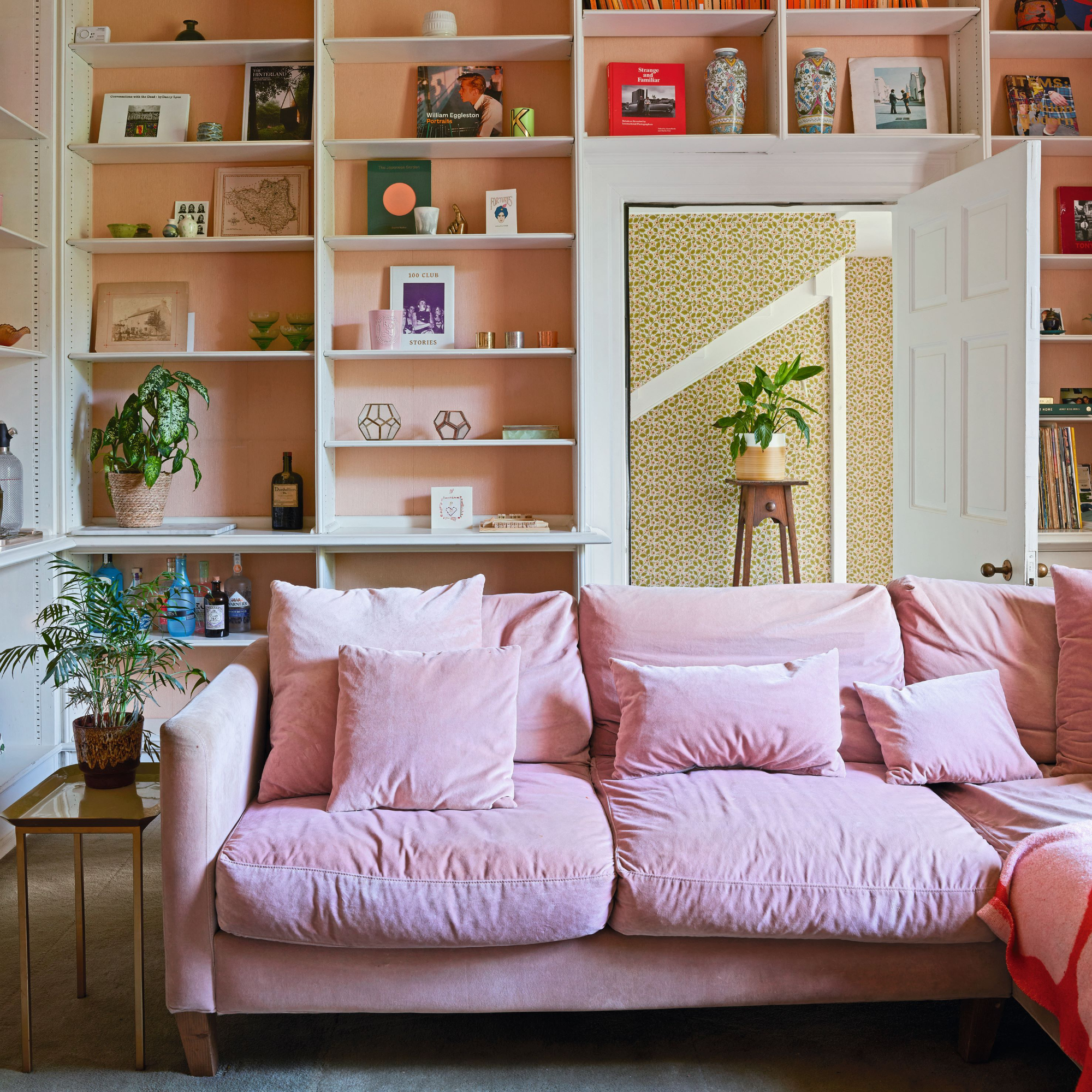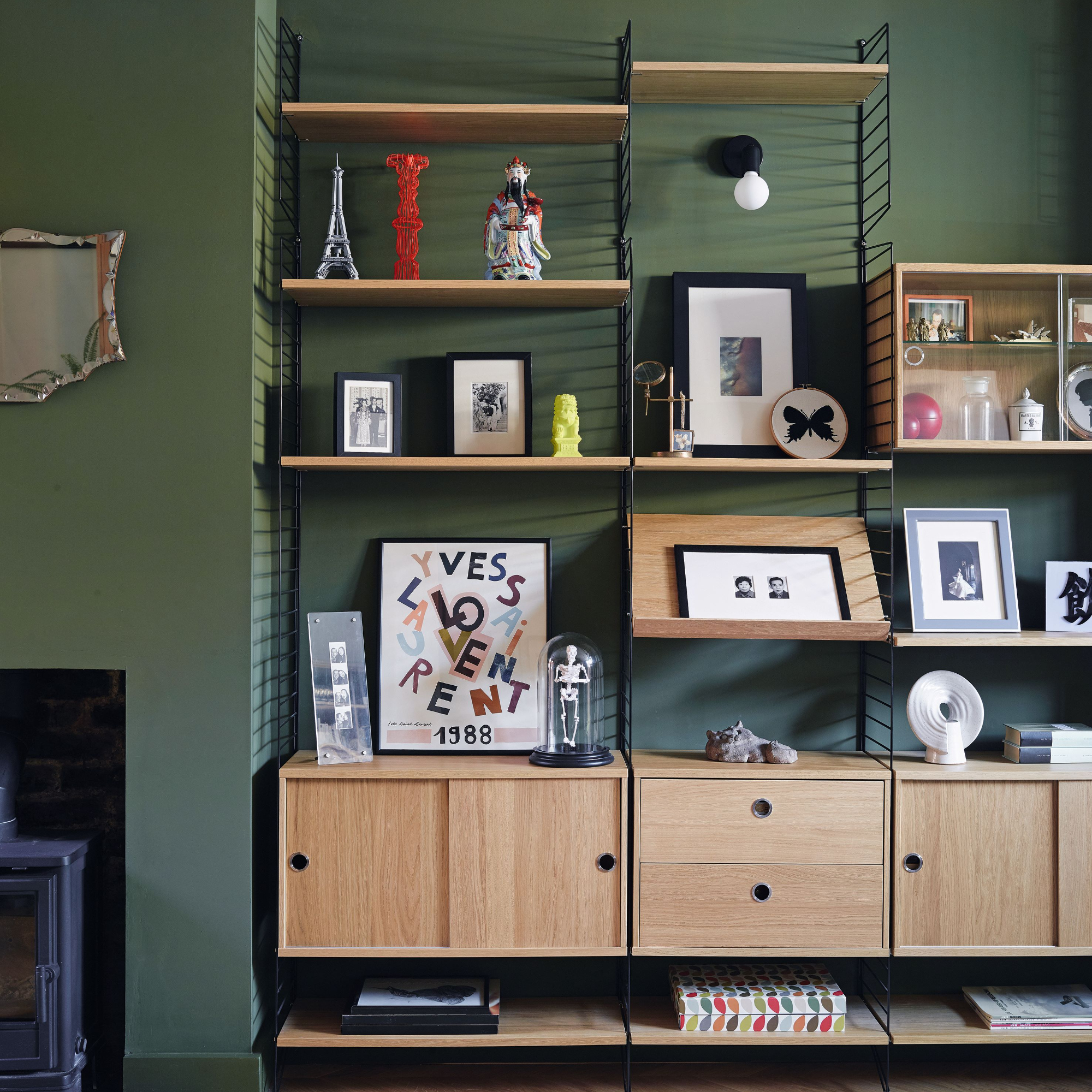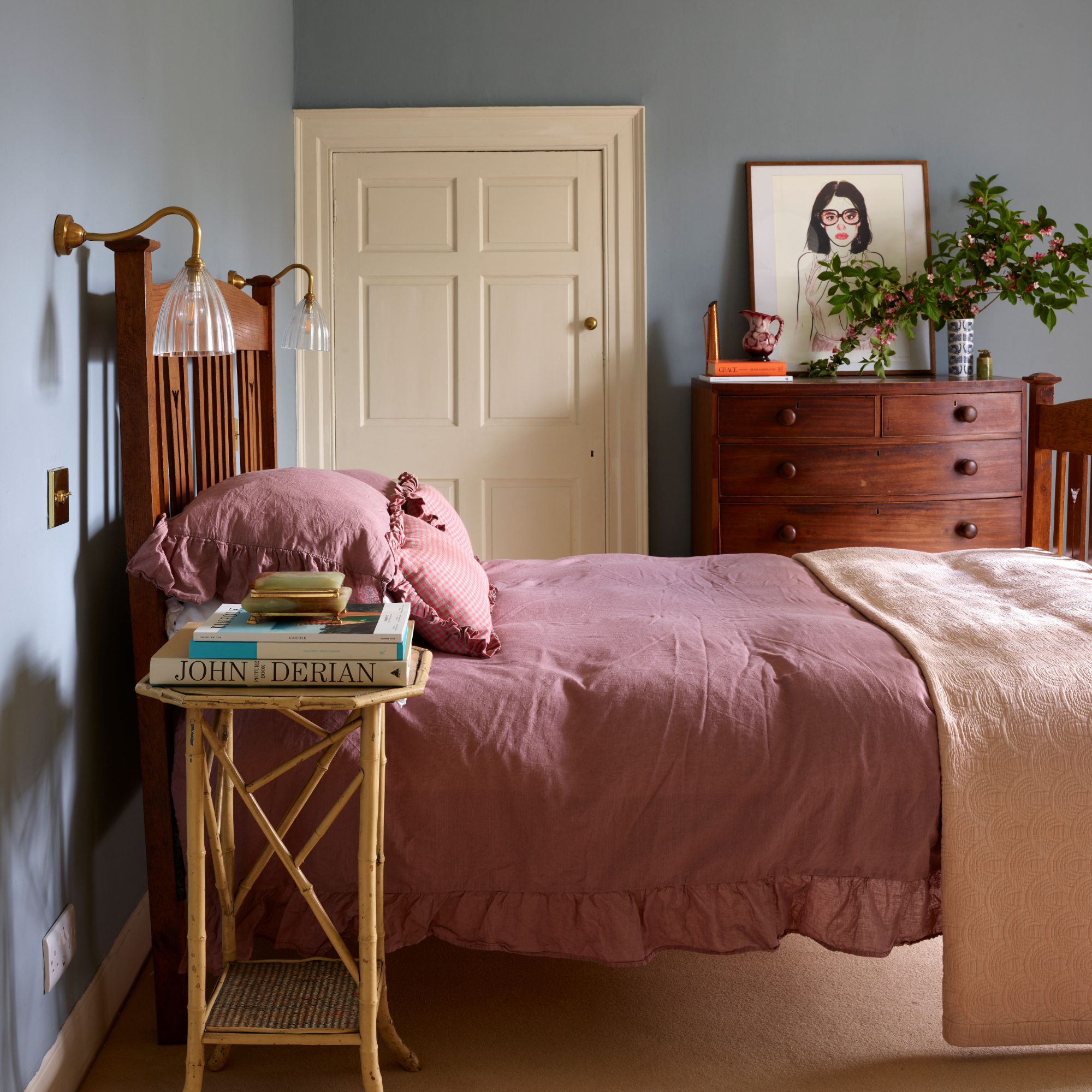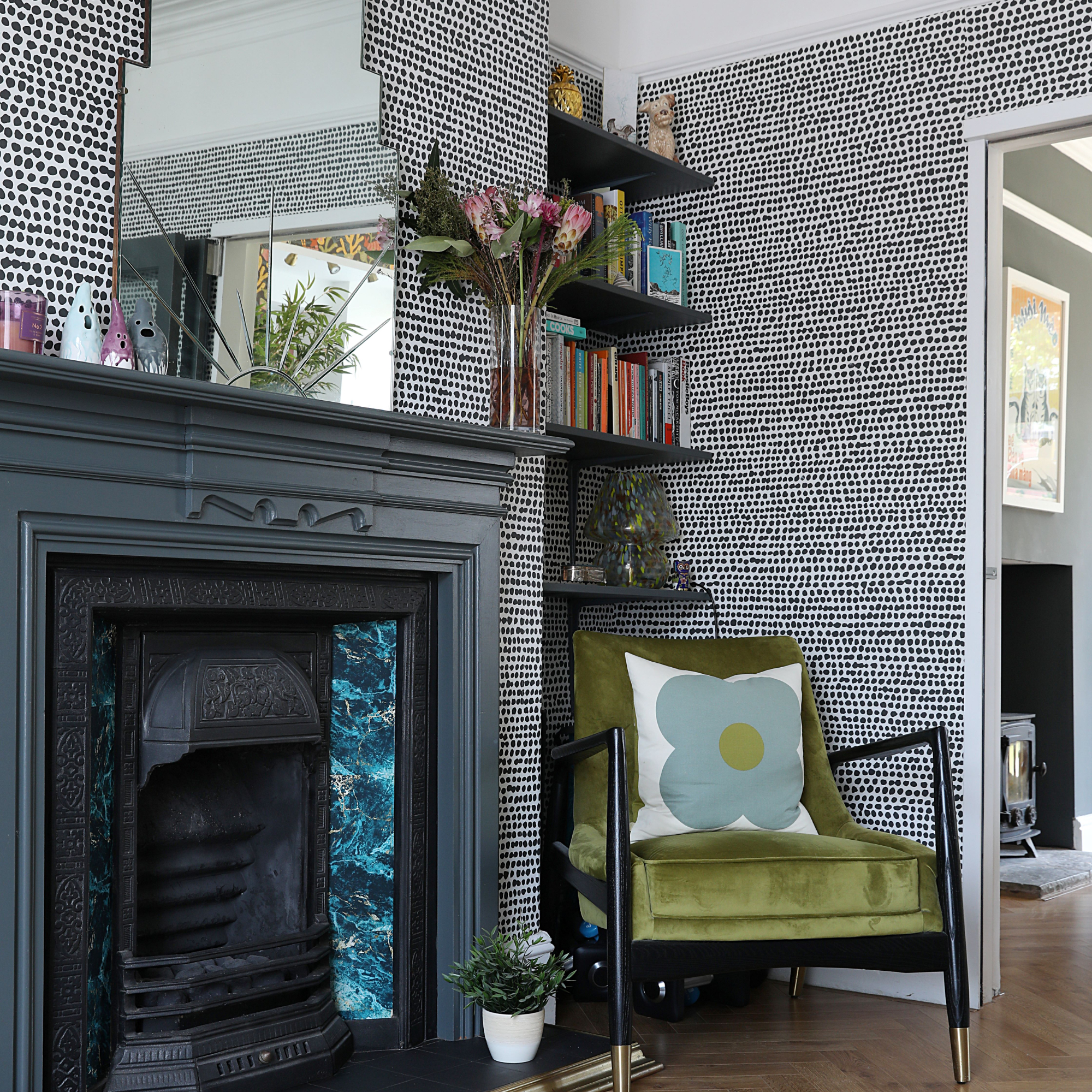
The start of the New Year always calls for a good declutter – and if like me, you've been putting it off, chances are you just need a new and enjoyable method to jump back into good habits. Luckily, this is exactly where scavenger hunt decluttering shines.
Designed to gamify the often mundane and time-consuming task of decluttering, the scavenger hunt method is ideal for those with a hefty decluttering checklist to work through but are otherwise feeling too overwhelmed to clean. It's me, I'm the target audience.
Throughout my time here at Ideal Home, I've unintentionally become quite the decluttering expert, frequently trying out new ways to help me keep a clutter-free home (for the record, the tidy toss organisation method is still my favourite). So naturally, when I heard about scavenger hunt decluttering, I knew I had to give it a go.

What is scavenger hunt decluttering?
In short, scavenger hunt decluttering is exactly what it sounds like. You work through a list of things (which you can make yourself, or find examples of on the internet) and go around your home trying to eliminate them one by one.
Rather than taking on the mammoth task of going room by room or staring at an unorganised junk drawer for too long, turning the act of decluttering into a mini-game of sorts will keep you on your toes and constantly darting around. Almost like the 10-minute decluttering challenge, in a way.
'Gamification has become a big thing when it comes to doing any kind of task,' begins Siân Pelleschi, president of APDO and founder of Sorted! 'For some, it's the best way to tackle those tasks that really don't ignite any excitement but just need to be done.'

'Engaging in an incentivised way of working – whether that's for jobs, tasks, projects or anything else – can be a really positive way of giving you both a sense of achievement for doing it and then a reward to enjoy after, too,' continues Siân.
Ava Wilson, professional organiser and chief editor at Unclutter even goes on to explain that the scavenger hunt decluttering method aligns with several principles of behaviour psychology, offering numerous benefits.
Just to name a few:
- A shift in perspective – Turning decluttering into a game can be particularly effective for individuals who find the task tedious or stressful. The playful nature of a scavenger hunt injects a sense of excitement and curiosity, which can be a strong motivator.
- Structured approach – A checklist guides the process, helping individuals to focus on one item or category at a time, and providing direction and clarity for those who find decluttering overwhelming.
- Goal setting and achievement – The checklist functions as a set of mini-goals and each item ticked off provides a sense of accomplishment that is key in maintaining motivation, especially in large decluttering projects.

Psychotherapist and declutter expert, Helen Sanderson adds that reframing the act of decluttering from a chore to a game can 'create a shift that might yield some surprising results'. Not to mention, it's a fantastic way to engage kids in the process, too, if you're lucky enough to have mini-yous running around in your home.
'We all know that obligations can create resistance, so what about engaging your playful self instead and joining us on the scavenger hunt decluttering challenge!'
But, of course, before getting started on scavenger hunt decluttering, Helen cautions that if you have a lot of sentimental feelings around your possessions, to target the more functional items first.
'We often hold onto things for reasons other than simple procrastination or lack of time,' she explains – which are some things we've previously learned when discovering what the clutter in our homes says about us.

How to get started
The beauty of the scavenger hunt decluttering method is that it can be completely personalised and tailored to meet your specific needs and preferences. But, don't worry, as I know that starting a big task is often the most difficult part of it all.
So, here are a couple of things suggested by Helen to consider in your scavenger hunt to get you up and running (and are things that I also worked through myself, spoiler alert: it works).
- Charger or lead for a phone or piece of tech you no longer own
- Audio or video tapes or other media type for which you don't have anything to play it on
- Notes from a project that ended more than 5 years ago (goodbye, old school books)
- A physical book you already have an eBook or audio copy of
- An unused diary or calendar from 2023 or earlier (the older, the higher the bonus score)
- Something related to a hobby you haven't practised in over 5 years (can any other serial hobbyists relate?)
- Sporting equipment for an activity that you haven't done in the last 3 years
- An item of clothing that is at least 2 sizes smaller than you currently wear
- Something left behind by a visitor you are no longer in touch with
- A piece of tech that plays media you don't have any more (I found my old clunky CD player...)
- Something that is broken that has been sitting for repair for over a year (admit it, you'll never get it checked out)
- Clothes that need darning that have long sat at the bottom of your wardrobe
- An item of clothing that holds an identity to which you no longer aspire
- Gifts, hidden away that you never use, but hold onto because you feel guilty about passing them on
- Excessive art supplies for a craft you no longer do (A-level art were my glory days)

And, of course, feel free to amend and adjust your scavenger hunt list as you find fit. For example, I'm a hoarder of old birthday and Christmas cards and went through a microphase of buying art prints that no longer resonate with my current interests.
So, I added those to my checklist like this: cards from people I'm no longer connected with and art prints that have been hidden in my drawers for years. And hey, it works.
Best of all, I actually really enjoyed decluttering. Who would've known? Now, I've got a go-to decluttering method for those days I really don't feel up to the task.







